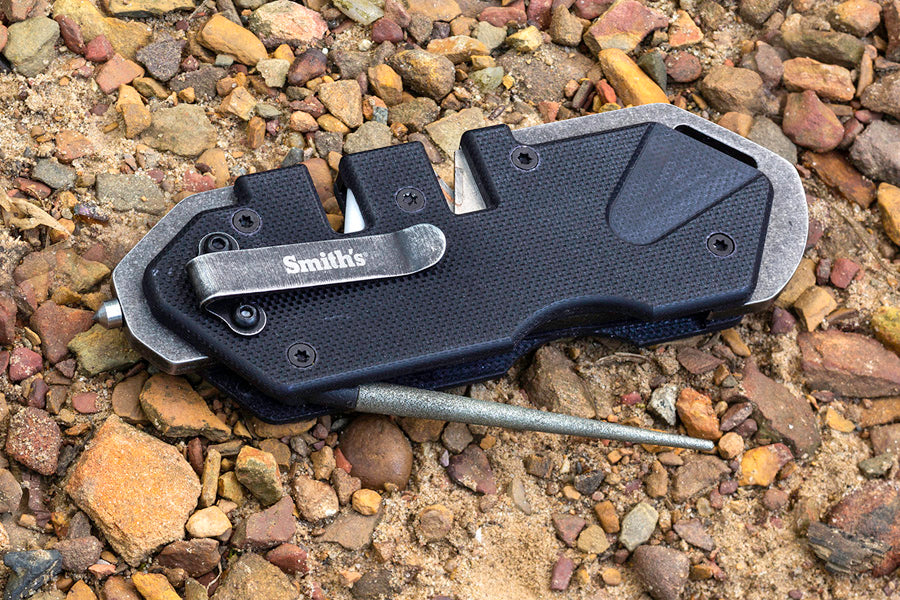If you’re an avid cook or someone who enjoys the great outdoors, you know how important a sharp knife is. A dull knife can not only ruin your food preparation but also be dangerous to use. That’s where knife sharpening comes in. Knife sharpening is the process of removing a small amount of metal from the edge of a blade to create a sharp edge. There are different ways to sharpen a knife, including using a sharpening stone, a honing rod, or an electric sharpener.
A properly sharpened knife will make all the difference in your cutting experience. Not only will it make food preparation easier, but it will also make the knife safer to use. A sharp knife requires less force to cut through food, reducing the risk of the knife slipping and causing injury. By keeping your knives sharp, you also extend their lifespan, saving you money in the long run.
The practice of knife sharpening dates back centuries. Early civilizations used crude sharpening stones made from materials such as sandstone, flint, and quartz. Over time, sharpening stones evolved, and techniques for sharpening knives became more refined. Today, there are various tools and methods for sharpening knives, including sharpening systems, handheld sharpeners, and even smartphone apps.
Sharpening Your Blades: The Different Methods of Knife Sharpening
-
Sharpening Stones: This is one of the oldest and most traditional ways to sharpen knives. Sharpening stones come in various grits, and you'll need to use them in a specific order to create a sharp edge on your knife. You'll need to apply a lubricant or water to the stone, and then use a series of strokes to sharpen the blade.
-
Honing Rods: Honing rods are long, narrow rods made from steel or ceramic, and they're used to straighten and maintain the edge of your knife. They're not typically used to sharpen a dull blade, but rather to keep a sharp edge in good condition. To use a honing rod, you'll need to hold your knife at a specific angle and draw it down the rod in a smooth motion.
-
Electric Sharpeners: Electric sharpeners use spinning grinding wheels to sharpen your knives quickly and efficiently. They can be very effective, but they can also remove a lot of metal from your blade, so it's important to use them carefully and correctly.
-
Manual Sharpeners: Manual sharpeners are handheld devices that use abrasive surfaces to sharpen your knife. They can be a good option for people who don't want to invest in an electric sharpener, and they're typically more affordable.
-
Whetstones: Whetstones are similar to sharpening stones, but they're typically made from a finer grit of abrasive material. They're often used for honing and polishing, rather than sharpening, and they can help to create a very sharp edge on your knife.
-
Guided Sharpeners: Guided sharpeners are handheld devices that have a built-in angle guide to help you sharpen your knife at the correct angle. They can be a good option for people who struggle to maintain a consistent angle while sharpening their knives.
-
Smartphone Apps: Some smartphone apps use algorithms and artificial intelligence to analyze your knife and provide personalized sharpening advice. They can be a good option for people who are new to sharpening, or who want to learn more about the process.
Choosing the right knife sharpener can seem overwhelming, but it doesn’t have to be. The first step is to determine what type of sharpening you need. If you have a lot of knives or use them regularly, you may want to invest in a sharpening system. If you’re looking for something more portable, a handheld sharpener may be the way to go. It’s important to consider the angle of the blade you’re sharpening and ensure that the sharpener you choose can accommodate that angle. You should also look for a sharpener that is easy to use and produces consistent results. And of course, be sure to read reviews and check for social proof and testimonials from other users to ensure you’re getting a quality product. With the right knife sharpener, you can keep your knives sharp and ready for any task.

